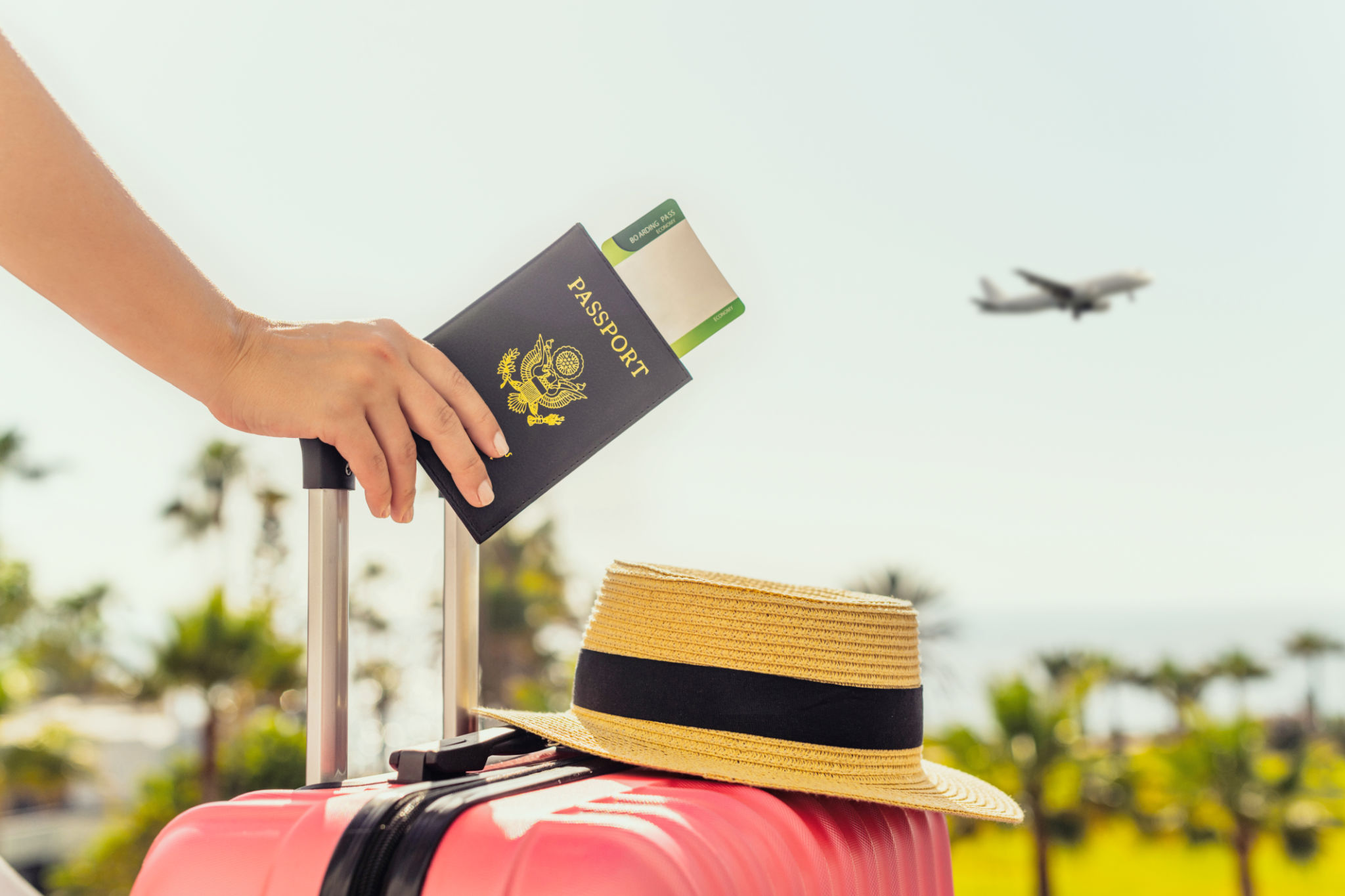Understanding Different Types of U.S. Visas: Which One is Right for You?
Introduction to U.S. Visas
The United States offers a variety of visa options depending on your purpose for visiting, ranging from tourism and business to work and education. Understanding these different types is crucial for a smooth application process. Whether you're planning a short visit or considering a longer stay, selecting the right visa is the first step in your journey.

Non-Immigrant Visas
Tourist and Business Visas
If you're planning a temporary visit to the U.S., perhaps for a vacation or a business meeting, the B-1/B-2 Visitor Visa is likely what you need. The B-1 visa is for those attending business activities such as conferences, while the B-2 visa covers tourists, those visiting family, and seeking medical treatment. It's crucial to understand that these visas do not permit employment.
Work Visas
For those seeking employment opportunities, various work visas cater to different professions and durations. The H-1B Visa is among the most popular, allowing U.S. companies to employ foreign workers in specialty occupations. If you're an individual with extraordinary ability in arts, sciences, education, business, or athletics, the O Visa might be suitable for you.

Student Visas
Students aiming to study in the U.S. must consider the F-1 Visa, which is designated for full-time students enrolled in an academic program or language training program. Alternatively, vocational or other non-academic programs require an M-1 Visa. It's important to maintain full-time student status to retain these visas.
Immigrant Visas
Family-Sponsored Visas
If you have family members who are U.S. citizens or permanent residents, you may be eligible for a family-sponsored visa. The Immediate Relative Visa and Family Preference Visa categories allow family members to join their loved ones in the U.S., though processing times can vary significantly based on the specific relation and demand.

Employment-Based Visas
For immigrants seeking permanent residency through employment, the U.S. offers several employment-based immigrant visas. The EB-1 Visa is for priority workers with extraordinary abilities, while the EB-2 and EB-3 Visas cater to professionals holding advanced degrees and skilled workers respectively. These visas often require employer sponsorship and can be competitive.
Diversity Visa Lottery
The Diversity Visa (DV) Lottery provides another path to U.S. residency, aiming to diversify the immigrant population by selecting applicants from countries with historically low rates of immigration to the U.S. Annually, up to 55,000 visas are made available to successful applicants who meet simple eligibility requirements.
Conclusion
Navigating the U.S. visa system can seem daunting, but understanding your options is key to finding the right path. Whether you're visiting for leisure, education, employment, or family reunification, choosing the appropriate visa helps ensure a smoother process and a more successful stay. Always consult official resources or seek professional guidance when necessary.

